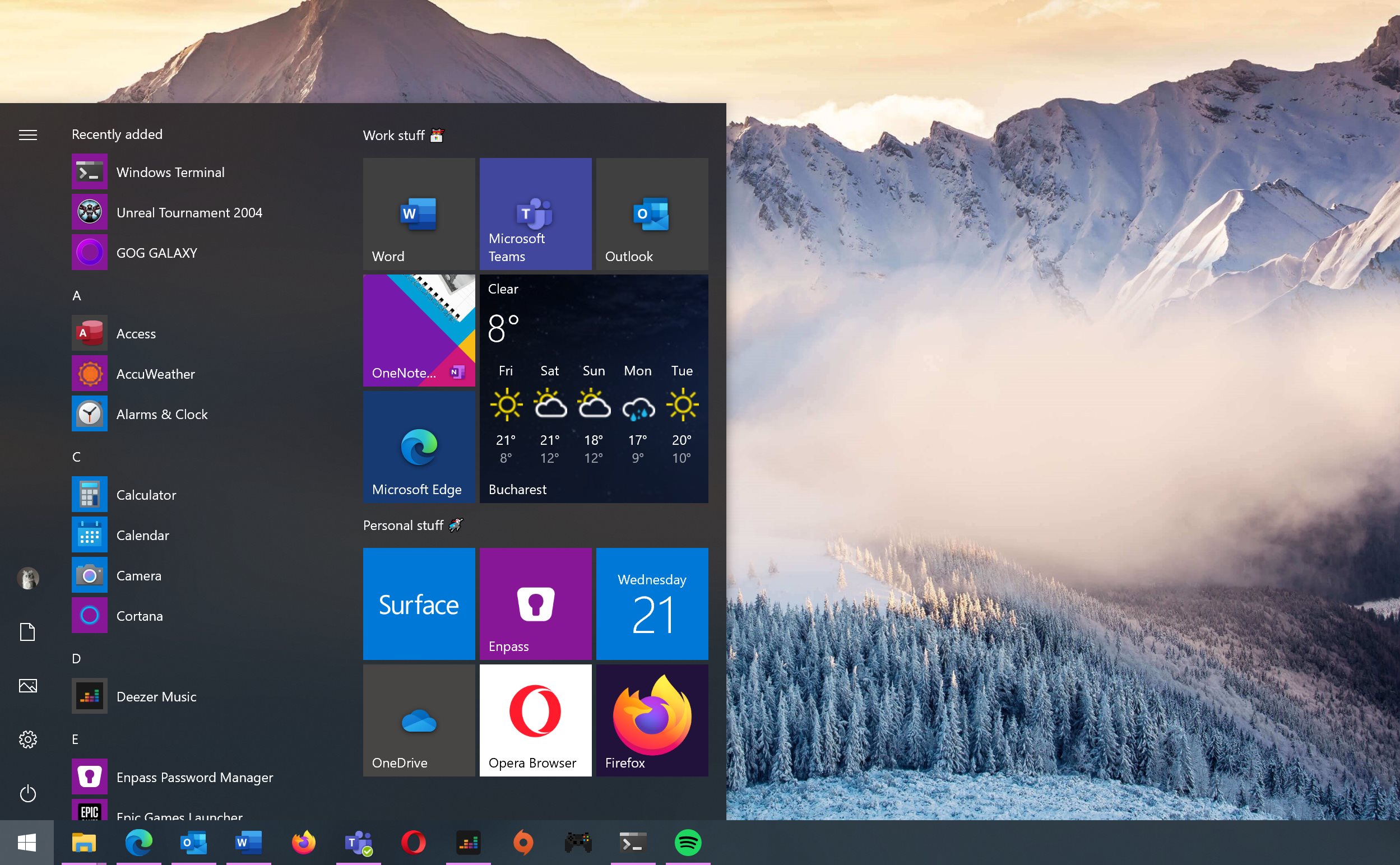
DESKTOP GROUPS WINDOWS 10 WINDOWS

Group Policy: Allow Log on Through Remote Desktop Services Or using the GPO to add users to Remote Desktop Group.Īfter adding the user to the group, the user account will be assigned the SeRemoteInteractiveLogonRight right at login, and will be able to connect via RDP.using the net localgroup command: net localgroup "Remote Desktop Users" /add corp\bjackson.Using PowerShell: Add-LocalGroupMember -Group "Remote Desktop Users" -Member bjackson.Invoke-Command -ComputerName OfPCN21 -ScriptBlock You can get group local membership information from a remote computer OfPCN21 using the Invoke-Command PowerShell: Net user bjackson /DOMAIN| find "Local Group Memberships" In the Local Users and Groups console, go to the Groups section, select the Administrators group, and check if your account is in this list.Ī common user (non-administrator) can also connect to a computer via RDP if his account is added to the local group Remote Desktop Users (members in this group are granted the permissions to log on remotely). You can check it on the computer using the Local Users and Groups MMC console (lusrmgr.msc). The account under which you connect to the computer must be a member of the local Administrators’ group. The user group is allowed to connect in the local Group Policy parameter Allow the log on through Remote Desktop Services.Īs you probably know, the permission to remotely login via Remote Desktop is available to members of the local administrators’ group by default.The user account is a member of the local group Remote Desktop Users or Administrators.On the other hand, Windows 11 23H2 aims to bring the same functionality to the desktop itself, which is used more often than the Start.By default, Windows security settings allow remote RDP logins through Remote Desktop Services (TermService) when:
DESKTOP GROUPS WINDOWS 10 WINDOWS 10
App folders feature is available on Windows 10 too, but users can only create folders or groups for the live titles pinned to the Start. It is worth noting that the concept of app folders isn’t entirely new. It doesn’t matter how many apps you’ve on the desktop. With Desktop App Folders, you can drag and drop as many app icons as you want in the same folder. At the same time, desktop app folders will ensure that the desktop is more pleasing to look at and isn’t a mess with a bunch of apps shortcuts. You might want to keep the desktop organized and clean, but no matter how many times you try to keep it, there’s always a chance that it would become messy again, especially when apps pin shortcuts to the desktop by default.Ī clean desktop will apparently it easier to find apps and important files, thus making you more productive. Maintaining and keeping a Windows desktop clean isn’t an easy task.
App folders for Windows desktop is not a bad idea As you’re probably aware, Windows 11 experimental changes or design mock-ups teased during official webcasts can always be dropped or altered. It doesn’t necessarily mean the company will go this way. It’s possible that this is one of the mock-up screenshots or experimental features being considered by Microsoft. Microsoft may be working on this feature internally or it could be a concept, so there’s still no guarantee the desktop app folders will ever be finished and released. Example of an app folder ‘Social Media’ for Facebook, Twitter, Instagram and Reddit


 0 kommentar(er)
0 kommentar(er)
